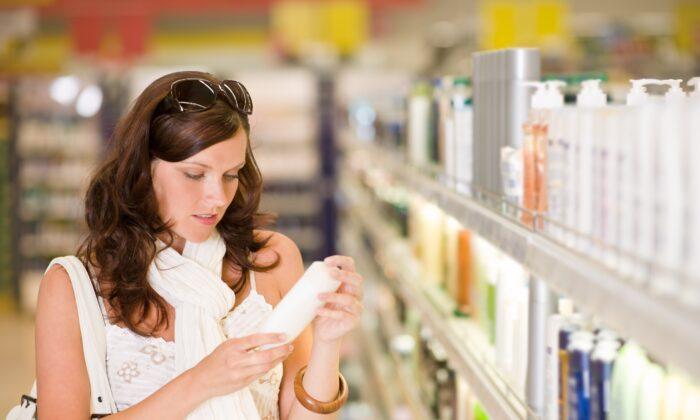You don’t have to look far to realize there is a controversy surrounding the common group of skincare ingredients called “parabens.” Walk the aisles of your favorite drugstore and you will see “No Parabens” popping up on more and more labels; and just the other day a well-known Beauty Editor tweeted about a new product launch she was attending and commented, “I’m glad to see there are no parabens.”
But just when it was looking like the consensus is that parabens are bad and don’t belong in skincare products, I read an article citing conflicting information.
Are parabens not as bad as originally thought?
It may help to start by explaining exactly what parabens are and why they are used in skin care.
If you’ve ever read the ingredients list on your bottle of lotion, cream, or cleanser (and you should if you haven’t) there is a good chance the first ingredient is aqua or water.
Water in the first position is a good thing because more than anything else, our skin requires hydration to stay healthy. But any water-based skincare formulation is prone to bacteria, mold, and fungus growth, which can lead to skin infections.
To protect us against this problem, manufacturers add preservatives to their products during production.
But the business of preserving skincare is a complicated one. Different products may have different preservation requirements depending on such things as the composition of the formulation, the ratio of water to oil, or the pH level of the product.
In the case of parabens as preservatives, there are a number of different types, each one suited to a specific task. For example, before a lotion or cream is emulsified (mixed together, like salad dressing), propylparaben is added to the oil phase while methylparaben is added to the water phase. Once these two phases are combined, a third (and maybe fourth and fifth) type of paraben may also be added.
Not all parabens are created equal, and according to an increasing number of scientific studies, not all are equally safe.
The imbalance of hormones invitro may be responsible for the increased incidence in undescended testicles in newborn males, and increasingly younger maturation of adolescent girls.
Ideally, we should avoid parabens altogether, but with up to 90% of personal care products containing one type or another, managing our risk and avoiding the worst ones may be more realistic.
- Methylparaben (and sodium methylparaben)
- Butylparaben
- Propylparaben (and sodium propylparaben)
- Isopropylparaben
- Isobutylparaben
- Ethylparaben
- Polyparaben





